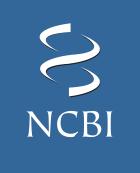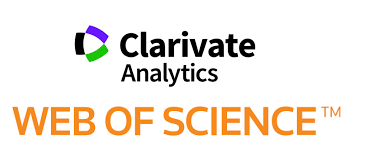Demirkiran A, Kok A, Kwekkeboom J, Kusters JG, Metselaar HJ, Tilanus HW, van der Laan LJ
Immune regulatory CD4+CD25+ T cells play a crucial role in inducing and maintaining allograft tolerance in experimental models of transplantation (Tx). In humans, the effect of Tx and immunosuppression on the function and homeostasis of CD4+CD25+ regulatory T cells (Tregs) is not well characterized. In this study, the frequency of Tregs in liver transplant recipients was determined based on flow cytometric analysis of CD4, CD25, CD45RO, and cytotoxic T lymphocyte antigen (CTLA)-4 markers, and the suppressor activity of Tregs was assessed in a mixed-leukocyte reaction. A link between Tregs, acute rejection, and immune-suppressive treatment was investigated. Liver transplant recipients had significantly higher Treg levels in peripheral blood pre-Tx than healthy controls. After Tx, a significant drop in the Treg fraction was observed. This reduction of circulating Tregs was transient and was associated with immunosuppression. In recipients who did not develop rejection, a relative recovery of Treg levels was seen within the first year after Tx. Recipients who experienced an episode of steroid-treated acute rejection, however, had sustained low Treg levels. The suppressive activities of CD4+CD25+ Tregs from rejectors, nonrejectors, and healthy controls on proliferation and interferon (IFN)-gamma production were indistinguishable. In conclusion, the percentage of CD4+CD25+CD45RO+CTLA-4+ quadruple-positive Tregs in peripheral blood decreases significantly after liver Tx. Treatment with methylprednisolone during Tx and for acute rejection is associated with low circulating Tregs. Despite these quantitative differences between rejectors and nonrejectors, the suppressive quality of CD4+CD25+ Tregs is identical in both groups.
01/02/2006
16447185
Liver transplantation : official publication of the American Association for the Study of Liver Diseases and the International Liver Transplantation Society (
IF: 4.57 /
Quartile: 1)
WOS Cites: 124
SemanticScholar Cites: 148
SemanticScholar Citation Velocity: 0
SemanticScholar Influential Citation Count: 1






